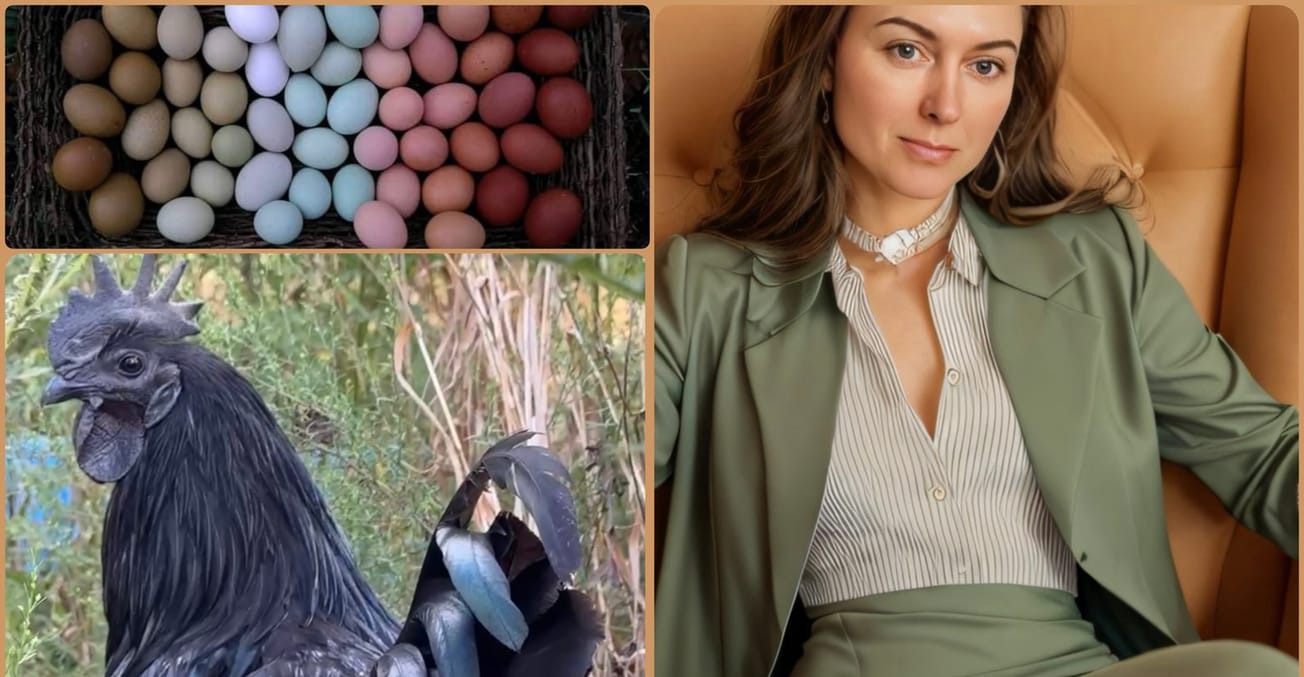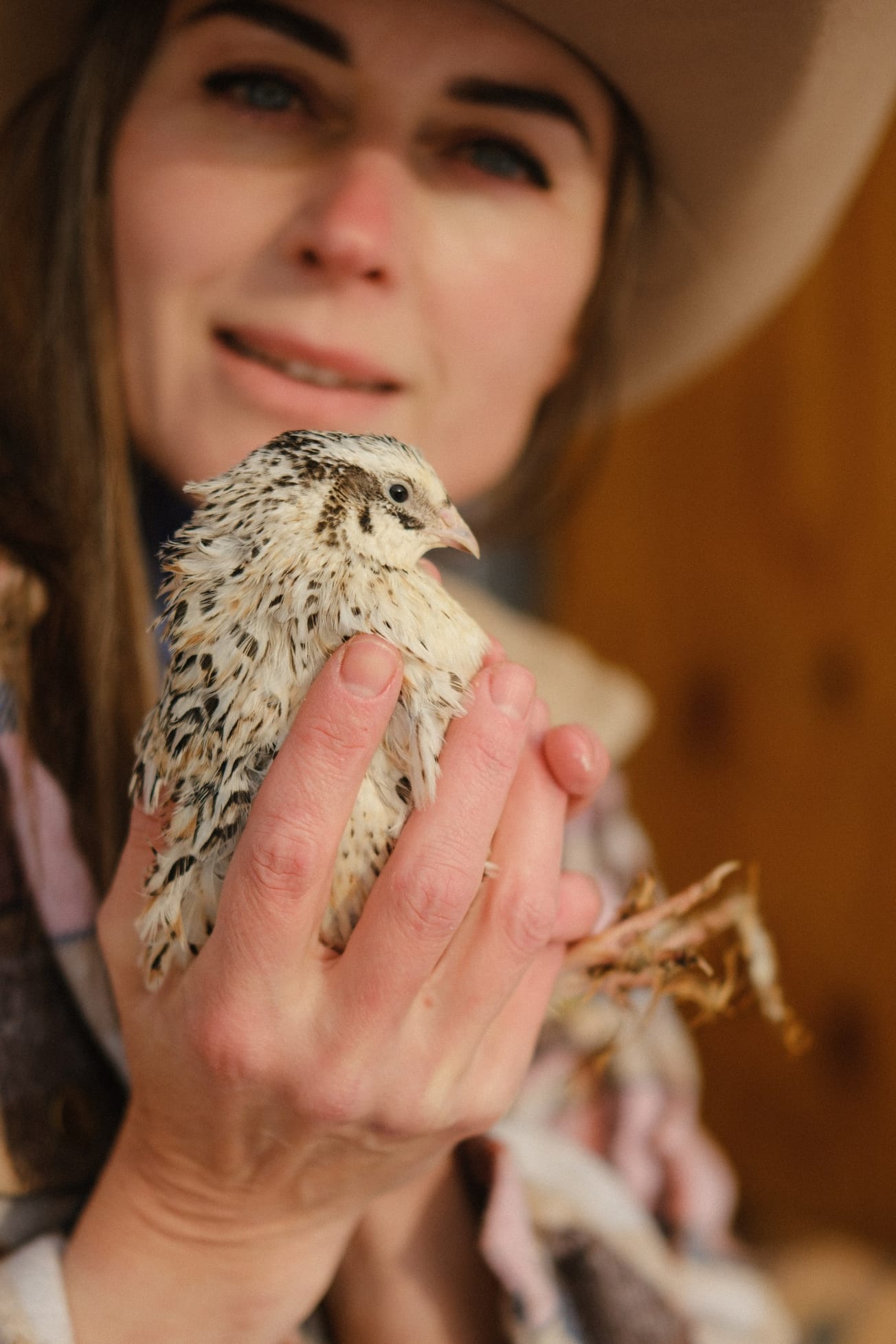ISO-style planning, and when everything goes wrong
Let me walk you through what just happened — not just a personal story, but a cautionary tale about strategic supply chain planning, quality assurance, and what can go wrong even when you think you’ve accounted for every variable and you know how I love DATA and research.
I had placed a carefully calculated chick order to support my farm’s egg production for the next two years. In backyard farming, especially when you manage it like a small enterprise, forecasting is critical. Each hen produces reliably for only a limited period — typically from around 4 months to 24 months of age. After that, productivity declines. And if you’re working with heritage or foraging breeds, you’re getting around 100–150 eggs per year, not daily layers — but those eggs are much more nutrient-dense (as twice or even three times than normal organic pasture raised eggs!) and align with my goals for a more natural, foraged diet.
So I needed new birds in place now — hatched, raised, and integrated 4 months later — to ensure a sustainable, consistent egg supply.
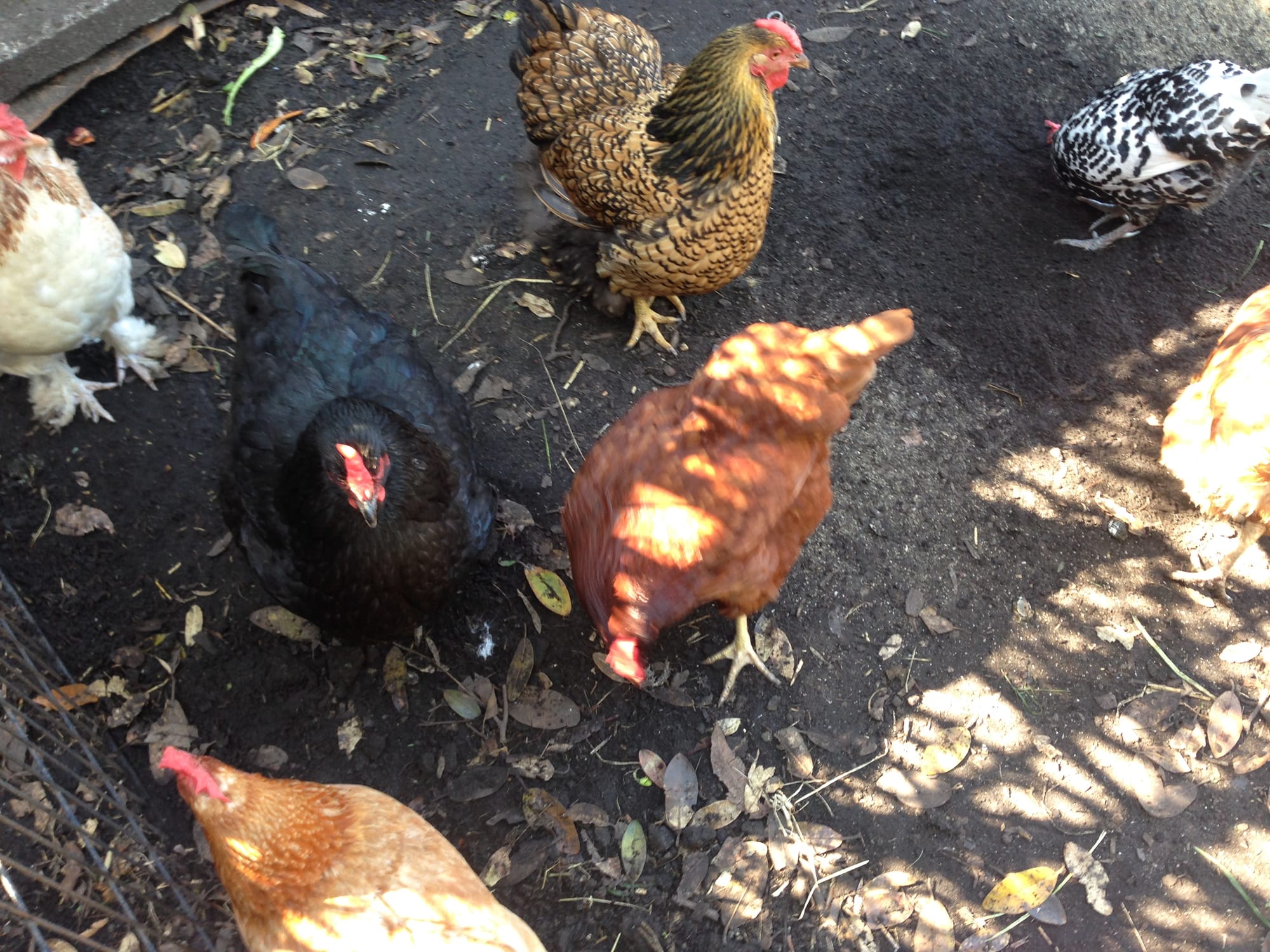
Why I choose hatcheries and not local retail
I stopped buying chicks from general farm stores or uncertified sources. Here’s why:
- Sexed chicks: I need hens, not roosters. Certified hatcheries provide sexed chicks, which supports both welfare and productivity.
- Rooster importance: A balanced flock with minimal aggression is crucial, especially when raising birds for utility, not just hobby. More roosters especially from bullying tendency breeds make flock nervous stressed and someone can get killed in the process. No roosters at all - flock unprotected and vulnerable. The main role of a rooster is to protect hens, sometimes even sacrificing their own life. When I am feeding hens, roosters invite them to eat but never eat first - no matter how hangry or thirsty they are, hens are start eating and roosters walking in circles protecting the flock while they eat. And they will eat whatever is left after. The nature is pretty amazing! This only work if ration of rooster/ hens is 1/5 or even 8. And if there is enough space in the coop. The most important part - rooster supposed to be attached to that particular flock and slowly introduced on the stage of being a cockerell (teenager-rooster).
- Vaccinations: Chicks from reputable hatcheries come vaccinated against common, devastating diseases like Marek’s and coccidiosis. This is part of my preventive health strategy — I prefer not to rely on antibiotics or medical intervention later and one sick bird if not isolated in time can create the pandemic situation in your flock very fast. This why the cameras, sensors and records are very important!
- Breed purity: When you collect data on egg production, foraging behavior, and health resilience, consistency matters. I need to know what I’m working with genetically, some breeds susceptible to one diseases other to different, eggs production, cold resistance, even pecking order and bulling tendencies. - all breed defined.
- There are industrial egg layers breeds that designed to be great producers, they laying large eggs almost every day (320-350 eggs per year) but only for short period of time and always on the expenses of the hens health. They susceptible to egg bound (inside inflammation because of stack egg), vent prolapse (because of too large eggs for too young hens), delivering high protein egg everyday make the immune system of a hen very week, it doesn't matter for the industrial farming because they are always isolated not exposed to external environment and on controlled feed and medication. Industrial hens also heve a very short lifecycle (means they needed and useful only for a very short period of time) to make they life happy and long and eggs more nutritios is not a goal.
- So, because all those above and after dealing with all those problems, I don't want to have industrial breeds anymore, especially with very questionable nutritions content of of those large daily eggs. Don't we learnt anything? Like the fact that ALL our problem from the fact that we want to have MORE food and cheap empty calories. I am absolutely happy with my inconsistent small egg layers, but they healthy and foraging birds how it supposed to be in the nature.
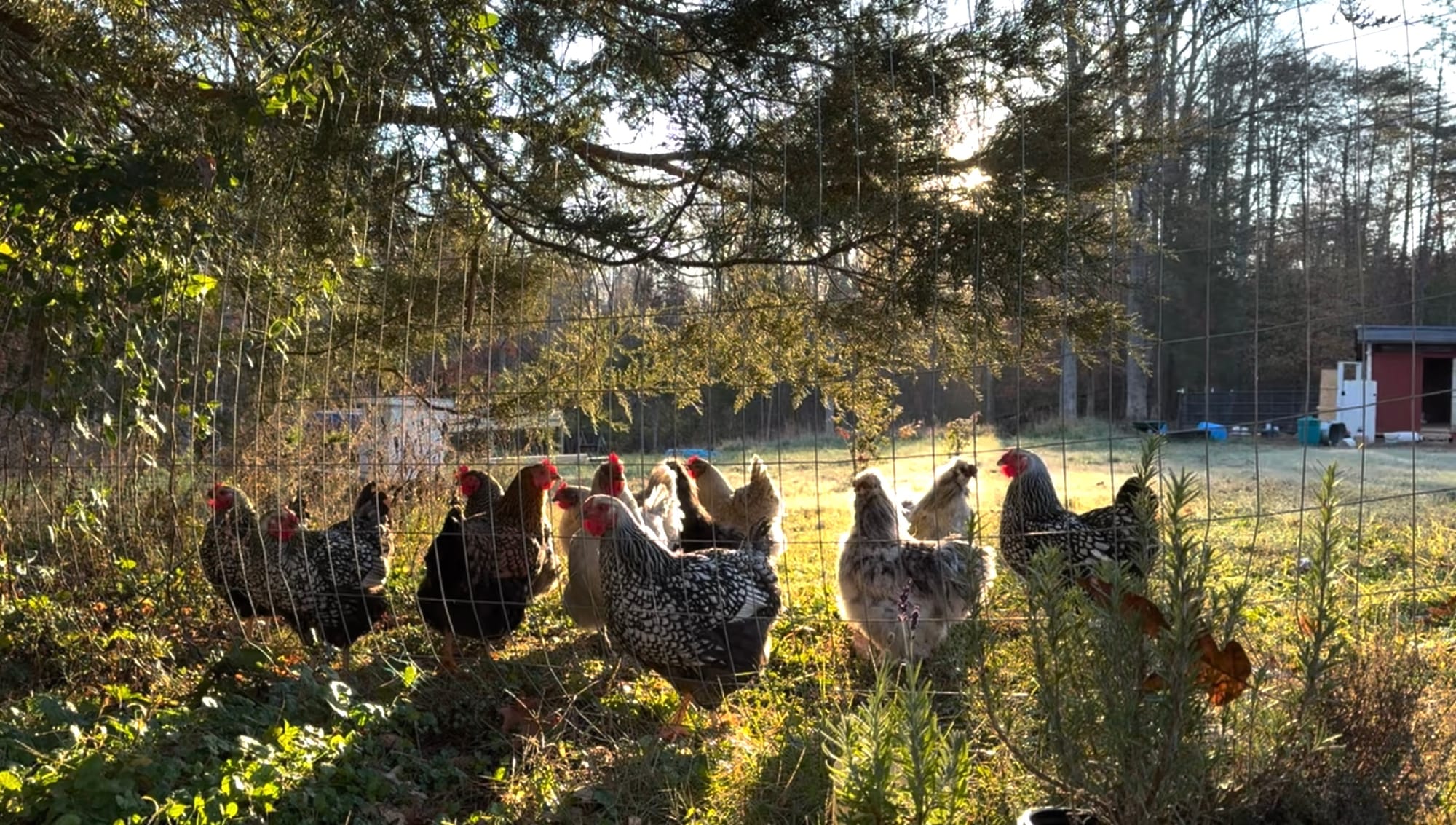
USPS live chicks delivery: normally very good and reliable
Chicks were shipped from a well-known hatchery across the country. Hatcheries in the U.S. often use USPS Priority Express for live animal delivery. It’s one of the few services certified to handle this kind of transport and generally very reliable — live chicks must arrive within 48 hours of hatching, and most of my past deliveries made it in 16 to 18 hours with clear tracking system and all - from drivers to USPS staff are very caring and responsible, they often were upset more than me seeing that chicks didn't look good.
USPS has a dedicated live animal tracking system, and post office staff are often trained to handle these boxes with care. But… weather, traffic jams, and seasonal strain on postal routes can still affect outcomes. This time, despite having tracking updates and alerts enabled, the weather intervened.
The local post office called me first thing in the morning, clearly distressed. “Your box is here… but most of them didn’t make it. Three are still alive, but barely, I don't think they will make it too.” The manager was visibly upset — they really do care when things like this happen. It wasn’t their fault. It was a rare combination of extended time in transit and unusually cold spring temperatures.
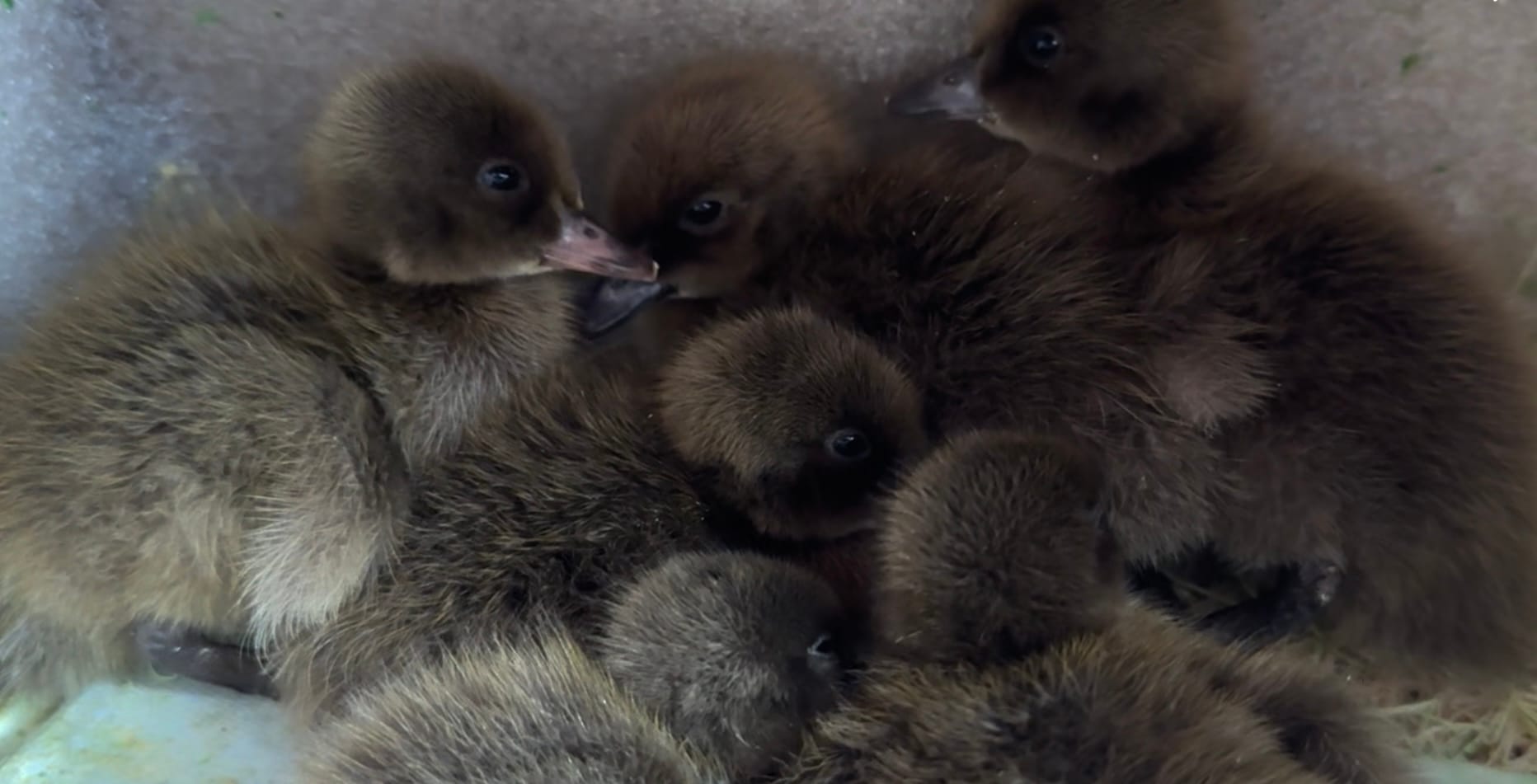
Emergency recovery plan: what I always have ready
When I pick up a shipment of chicks or ducklings, I always bring a portable mobile brooder made from two Amazon boxes and microwave heating pad:
- A double cardboard box setup: a small Amazon box inside a larger one, with a heat pad between the bottom layers. Amazon boxes are free and multipurpose devices that great for cats enjoyment, chicks delivery, moving houses and many many other purposes - highly recommend! 😂
- Puppy training pads inside for absorption. Not wooden chips as chicks often cannot differentiate them from food in the first 3 days and they just create more mess. puppy training pads: https://amzn.to/44vbzXI
- A 105–108°F water bottle for extra heating if needed and recovery electrolytes formula ready.
- A syringe without a needle, and a tiny dipping dish to hydrate them immediately. Syringes: https://amzn.to/4cthjTU
The key is not to wait until you’re home. Every minute in a cold box and severe dehydration decreases their survival chances. I carefully gave each chick electrolyte solution, watched for any signs of movement or vocalizing, and gently warmed them while still at the post office parking lot. Recovery 911 electrolyte solution: https://amzn.to/3RiwKEO
Two responded well. The third chick sadly didn’t survive the trip home. But we still need to watch those two in the next two days. There were 2 survived from 16 shipped unfortunately this time.
The critical role of early care and brooder conditions
Back at home, I had a fully prepared temperature-controlled brooding box set to 95°F, with:
- Clear acrylic sides for monitoring: Extra large brooding box: https://amzn.to/42AaawH
- Humidity regulation via a small battery-powered humidifier: Cute flower humidifier: https://amzn.to/3XZWDwR
- Separate digital sensors for temperature and humidity: Thermometer/ hydrometer: https://amzn.to/3YsQSIe
- And a camera feed so I can monitor water, feed, and movement at all times: Camera (the camera which picture is from is 10 years older than the link): https://amzn.to/42HuWLX
This setup helps prevent common issues like dehydration and early stress — all of which can become fatal if not addressed in the first 48 hours.
One example: I once caught a chick on camera whose legs got tangled in the brooder pad mesh. It wasn’t eating or moving. Because of real-time monitoring, I was able to intervene early, provide nutrients, and splint the legs. The second time one chick had a splayed legs from vitamin deficiency, also very easy fixable if caught in time. That’s the value of combining basic care with data and observation.
I cam do the separate post with all my low maintenance fully automated brooding box and chicken coop set up in separate posts if you want!
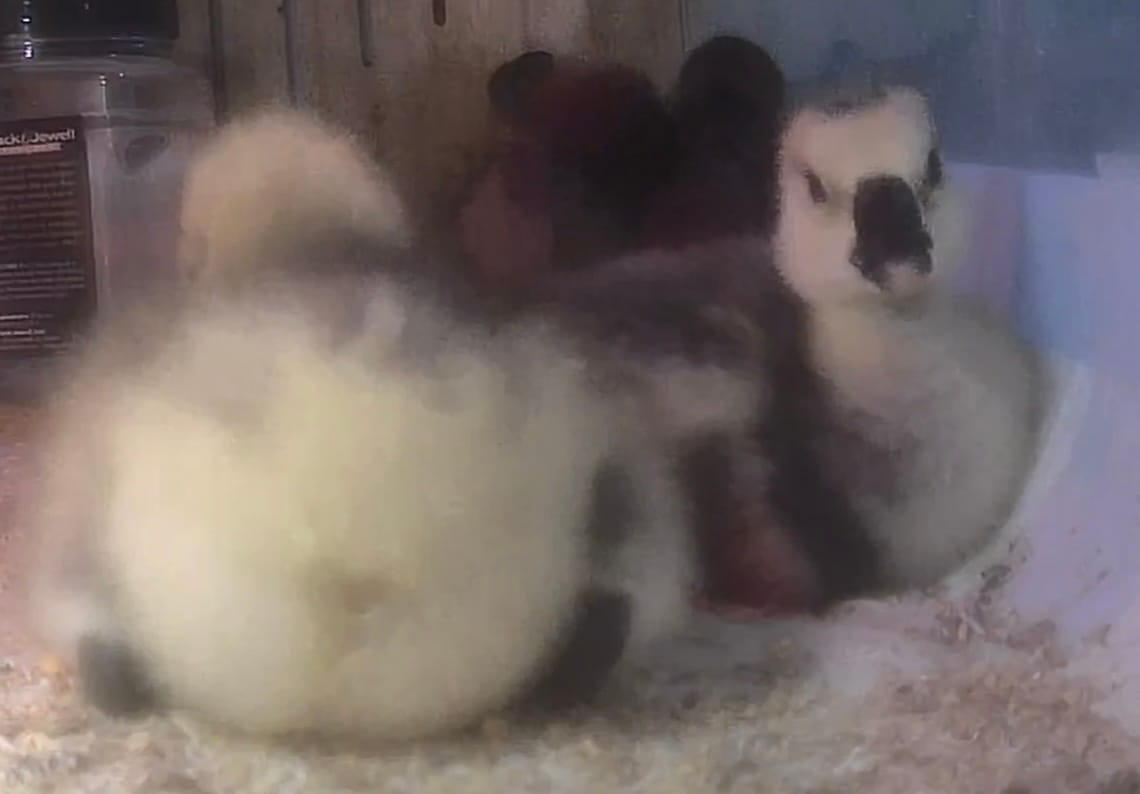
Why this particular order mattered
This was not just any hatch. I had specifically ordered a rare, foraging breed of chicks that is highly resistant to Marek’s and coccidiosis, and already vaccinated. These chicks were meant to be raised together with two African goslings, who will eventually serve as flock guardians.
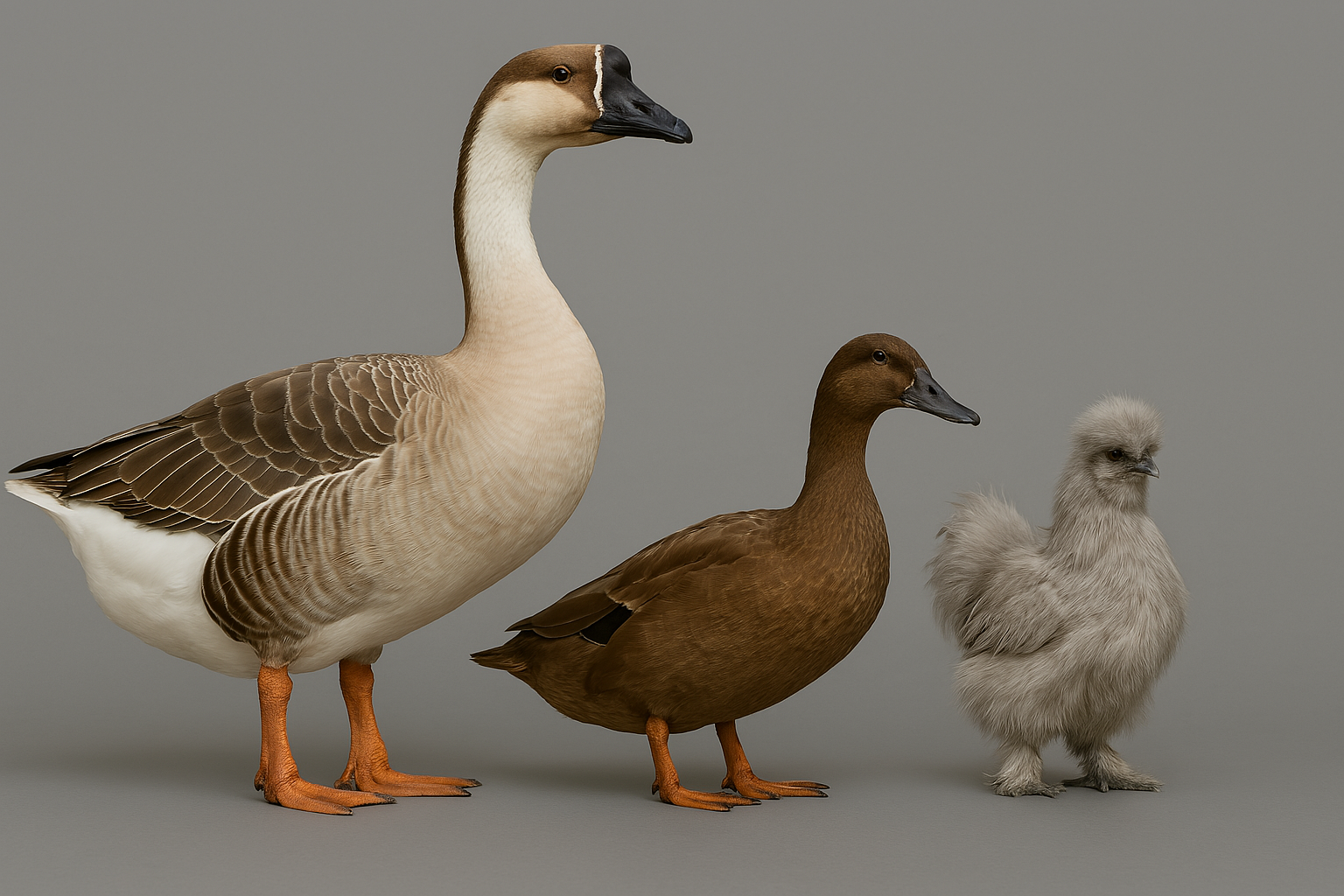
Geese, when raised with chicks or ducklings from day one, form a strong protective bond and became their guardian, it would be great if they would bond to you as a human too, because you don't want to be chased by angry gigantic birds on your own backyard. But there’s a biological challenge: goslings often carry pathogens asymptomatically — especially coccidia, the same as ducks - tehy don't get sick and have often nicknames as a "Trojan horses of chicken diseases". While they remain healthy, chicks raised alongside them can get infected.
So my strategy was to select chicks that were both naturally resistant and already immunized, allowing safe cohabitation from the first day. If that co-raising window is missed, it’s extremely hard to reintroduce geese later, both for health and flock dynamics reasons.
Losing those chicks at arrival wasn’t just emotional — it threatened the success of a long-term, sustainable, low-maintenance flock model I had been planning for months. The breed I choose (and not a lot of hatcheries have them!) is Egyptian Fayoumis.
Why Egyptian Fayoumis were the perfect choice
The breed I chose for this project was Egyptian Fayoumi — and honestly, they were the best possible fit for this kind of integrated flock model. Fayoumis are one of the oldest known domesticated chicken breeds, originally from Egypt’s Nile Valley (3000 years ago!!!), and they’ve developed natural resistance to many common poultry diseases, including Marek’s and coccidiosis. This makes them ideal for mixed-species brooding, especially when raised alongside goslings that may be asymptomatic carriers of those pathogens.
Egyptian Fayoumi chickens are believed to be one of the oldest domesticated chicken breeds in the world, with origins tracing back to ancient Egypt, possibly over 3,000 years ago — around the time of the New Kingdom period (circa 1550–1070 BCE).
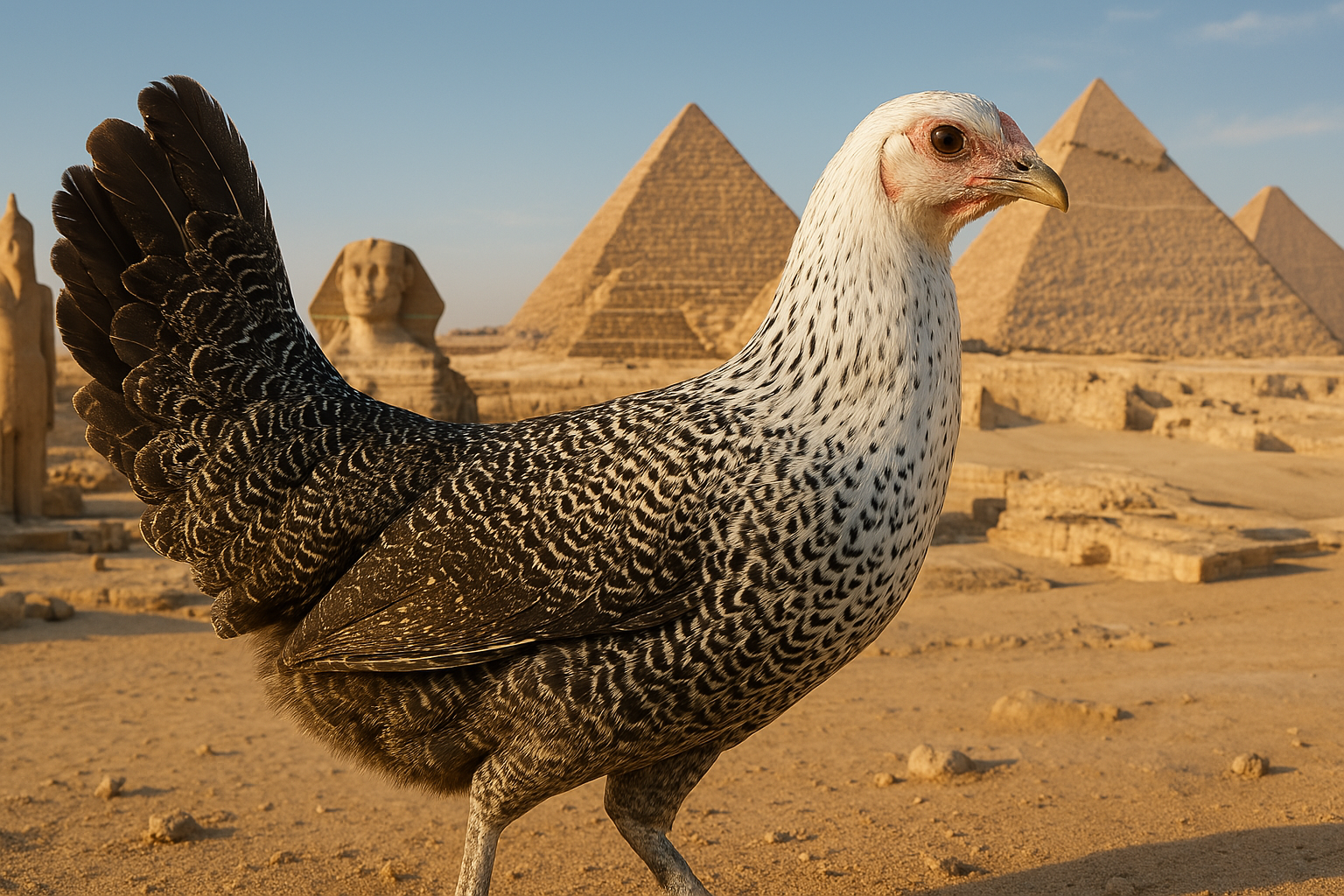
Archaeological evidence and artwork from ancient Egyptian tombs depict birds resembling Fayoumis, indicating that chickens were part of household and temple life at least by that era. These birds likely descended from wild jungle fowl brought in through trade routes and were selectively bred in Egypt’s harsh desert climate, leading to the development of a hardy, disease-resistant, and heat-tolerant bird.
So when you choose Fayoumis, you’re not just getting a smart, disease-resistant forager — you’re tapping into a living legacy of ancient agricultural wisdom that has withstood thousands of years of natural and environmental selection. Pretty amazing, right?
They’re small-bodied, active, highly alert birds — perfect for free-ranging flocks where environmental adaptability matters. They mature early, lay a decent number of small white eggs, and tend to have sharp predator awareness, which complements the geese’s more physical guardian role. Even more importantly, Fayoumis rarely tolerate confinement, so raising them from hatch in a free-moving, foraging system ensures they thrive without stress.
Choosing them wasn’t just about disease resistance — it was a strategic choice for long-term flock behavior, environmental fit, and sustainability, with a strong data-backed foundation.
Where we stand now
Out of the original shipment, only two chicks survived, and they are currently thriving in the brooder box with two goslings who took that shipping (from separate hatchery) pretty well. So far, they’re doing well — feeding, moving, and socializing without issues. The integration seems smooth, and I’ll continue to monitor them closely.
Unexpectedly, the goslings have completely imprinted on me. I spoke to them gently the entire drive home, and they responded immediately. I didn't expected that goslings are so cute, such a fan (especially then they think you are their mom haha). That bond will hopefully help reinforce their guardian role later. They are calm, affectionate, and already showing signs of alertness when I enter the room.
Lessons learned and moving forward
Even with rigorous planning and research, supply chain risk cannot be fully eliminated — especially when it depends on live transport and weather. But we can:
- Minimize risk with preventive measures, here is the vaccination and breed choice,
- Prepare for recovery with proper transport gear (goods receiving process),
- And design systems at home to support early-stage development (production processes and biosecurity in place).
In the future, I’d love to see US hatcheries adopt in-egg sexing technology — currently being tested in Europe — which could improve both accuracy and animal welfare, reducing the need to physically sort day-old chicks. Yes, it's more expensive and require funding and government support, but it's more humane and will help hatcheries to optimize their processes too.
For now, I’ll keep collecting data, observing behavior, and adjusting my flock integration plan as things evolve. I’ll keep you posted as we move toward a stable, efficient flock model rooted in biosecurity, foraging, and minimal intervention. The next challenge to introduce to gosling one "autistic" duckling girl. I truly believe that she was a universe gift send for that exact purpose to be their friend and raised with them so they can bond with her and protect her. This story will be published later.
Drop the comment below or in the LinkedIn/ Instagram, if you like that type of the posts



